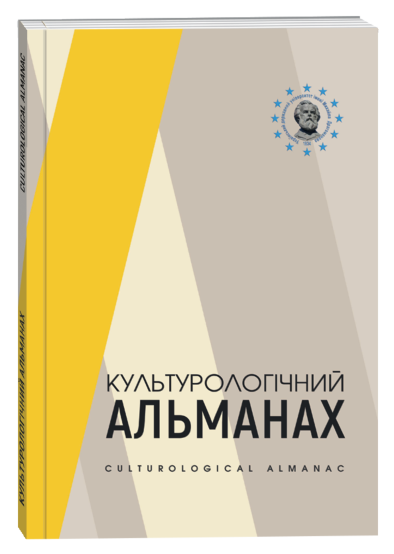MANAGING EDUCATIONAL CHANGE IN MUSIC ART EDUCATION IN POLAND IN 2012–2016
DOI:
https://doi.org/10.31392/cult.alm.2025.1.52Keywords:
art education system, music education system, change management, pilot scheme, change implementation strategiesAbstract
Further reforms concerning the organization of artistic education, core curricula, framework teaching plans are a major challenge not only due to the resistance to an unknown situation inherent in the nature of change, but above all due to the method of change management. Considering that the recipients of educational changes are children and youth, they should be prepared in a well-thought-out manner, specifying the consequences related to their introduction. The aim of this article is to present innovative change management in the field of artistic education, which consisted of preceding the introduction of changes with a pilot program implemented in the years 2012– 2016 by selected music schools in Poland.The management staff and teachers of the pilot schools received training support from the Centre for the Education of Art School Teachers, and the schools’ activities related to the implementation of the new framework curriculum and core curricula were verified during study visits. The method of writing the new core curricula turned out to be unique. A unique role in the consultation process of the introduced changes was played by methodological advisors, appointed for the first time by the Minister of Culture and National Heritage in 2013. During numerous meetings, the community submitted its comments. The proposal for changes in art education was also consulted with the Council of Art Education, the Conference of Rectors of Art Schools, the Association of Polish Composers, the Institute of Music and Dance and the Polish Music Council. The strategy, which considered autonomy as the value of the change, resulted in great program diversity despite the same legal basis concerning the framework curriculum in primary and secondary music schools.The unique change management in artistic education has brought multi-level effects in the artistic and social areas, using the social function of music – aesthetic, expressive, educational, identity, communication, integration, utility and entertainment – to a greater extent than before. Educational freedom has provided the possibility of greater individualization of teaching, which is the basis of artistic education.
References
Fullan, M. (2006). Odpowiedzialne i skuteczne kierowanie szkołą. PWN, Warszawa. 86 s.
Holstein-Beck, M. (1997). Być albo nie być menedżerem. Infor, Warszawa. 200 s.
Konaszkiewicz, Z., Chmurzyńska, M. (2014). Raport o stanie szkolnictwa muzycznego II stopnia. Warszawa, Instytut Muzyki i Tanca. 319 s.
Kuc, B., Moczydłowska, J. M. (2009). Zachowania organizacyjne. Wydawnictwo Difin S.A., Warszawa. 406 s.
Merton, R. K. (2002). Teoria socjologiczna i struktura społeczna. Wydawnictwo Naukowe PWN S.A., Warszawa. 669 s.
Pawłowski, K. (red.) (2012). Raport o stanie kultury w obszarze szkolnictwa artystycznego, URL: https://www.google.com/search?q=Raport+o+stanie+kultury+w+obszarze+szkolnictwa+artystycznego+Krzysztof+Paw%C5%82ow-ski+wraz+z+zespo%C5%82em&oq=raport&aqs=chrome.0.69i59j69i57j69i59l2j0l2j46j0.5429j0j8&sourceid=chro- me&ie=UTF-8
Potocki, A. (2005). Zachowania organizacyjne. Wybrane zagadnienia. Wydawnictwo Difin S.A., Warszawa. 338 s.
Rozporządzenie Ministra Kultury i Dziedzictwa Narodowego z dnia 2 lipca 2014 r. w sprawie podstaw programo- wych kształcenia w zawodach szkolnictwa artystycznego w publicznych szkołach artystycznych, Dz. U. z 2014 r. poz. 1039, załącznik nr 1, (2004). URL: https://prawo.cea-art.pl/wp content/uploads/2014/08/Za%C5%82%C4%85cznik-Nr- -1-Wspolne-efekty-kszta%C5%82cenia-dla-II-st..pdf
Rozporządzenie Ministra Kultury i Dziedzictwa Narodowego z dnia 2 lipca 2014 r. w sprawie podstaw programowych kształcenia w zawodach szkolnictwa artystycznego w publicznych szkołach artystycznych, Dz. U. z 2014 r. poz. 1039, załącznik nr 6 (2014). URL: https://prawo.cea-art.pl/wp-content/uploads/2014/08/Za%C5%82%C4%85cznik-Nr-6-Mu- zyk.pdf








